- Naltrexone
- Anti Emetic
- Neuropathic Pain
- Mens Health
- Hair Loss
- Pain Relief
- HCG Injections
- Quit Smoking
- Pharmaceutical Vaccine
- Best Selling Products
- Anti Viral
- Bimatoprost
- Antibiotics
- Women's Health
- Cetaphil
- Botulinum
- Diabetes
- Human Albumin
- Anti Malarial
- Dermal fillers
- Chemical Peels
- Nephrology Segment
- Kidney / Liver Care
- Anti Cancer
- Altus Product's
- Pharmaceutical Products
- Anti Fungal
- Hepatitis
- Beauty & Skin Care
- Asthma
- Modafinil
- Urology Segment
- Thyroid Care
- Armodafinil
- HIV Medicines
- Weight Loss
- Anti-Cancer
- Armodafinil
- Bimatoprost
- Botulinum
- Dermal Fillers
- Hepatitis
- Mens-health
- Modafinil
- Naltrexone
- ANTI EMETIC
- Altus Product’s
- Anti Fungal
- Anti Malarial
- Anti Viral
- Antibiotics
- Asthma
- Beauty & Skin Care
- Cetaphil
- Chemical Peels
- Diabetes
- Hair Loss
- HCG Injections
- HIV Medicines
- Human Albumin
- Kidney / Liver Care
- Neuropathic Pain
- Pain Relief
- Pharmaceutical Products
- Pharmaceutical Vaccine
- Quit Smoking
- Thyroid Care
- Weight Loss
- Women’s Health
- Naltrexone
- Anti Emetic
- Neuropathic Pain
- Mens Health
- Hair Loss
- Pain Relief
- HCG Injections
- Quit Smoking
- Pharmaceutical Vaccine
- Best Selling Products
- Anti Viral
- Bimatoprost
- Antibiotics
- Women's Health
- Cetaphil
- Botulinum
- Diabetes
- Human Albumin
- Anti Malarial
- Dermal fillers
- Chemical Peels
- Nephrology Segment
- Kidney / Liver Care
- Anti Cancer
- Altus Product's
- Pharmaceutical Products
- Anti Fungal
- Hepatitis
- Beauty & Skin Care
- Asthma
- Modafinil
- Urology Segment
- Thyroid Care
- Armodafinil
- HIV Medicines
- Weight Loss
No products in the cart.
Return To Shop$156.73 – $677.20Price range: $156.73 through $677.20
Botox 50IU Botulinum toxin type A is made from the bacteria that causes botulism. Botulinum toxin blocks nerve activity in the muscles, causing a temporary reduction in muscle activity.
Have questions?
Call : +91 9002 1002 33
Botox 50IU Botulinum Toxin Type A
Botox (onabotulinumtoxinA), also called botulinum toxin type A, is made from the bacteria that causes botulism. Botulinum toxin blocks nerve activity in the muscles, causing a temporary reduction in muscle activity.
Botox is used to treat cervical dystonia (severe spasms in the neck muscles). It is also used to treat muscle spasms (stiffness) in the upper limbs (elbows, wrists, fingers) or lower limbs (ankles, toes). Botox is also used to treat severe underarm sweating (hyperhidrosis). Botox is also used to treat certain eye muscle conditions caused by nerve disorders.
This includes uncontrolled blinking or spasm of the eyelids, and a condition in which the eyes do not point in the same direction. Botox is also used to treat overactive bladder and incontinence (urine leakage) caused by nerve disorders such as spinal cord injury or multiple sclerosis. It is also used to prevent chronic migraine headaches in adults who have migraines for more than 15 days per month, each lasting 4 hours or longer. This medicine should not be used to treat a common tension headache.
Botox Cosmetic is used to temporarily lessen the appearance of facial wrinkles.
Important information
You should not use Botox if you have an infection in the area where the medicine will be injected. Botox should not be used to treat overactive bladder or incontinence if you have a current bladder infection or if you are unable to urinate (unless you routinely use a catheter). It contained in this medication can spread to other body areas beyond where it was injected. This has caused serious life-threatening side effects in some people receiving even for cosmetic purposes.
Call your doctor at once if you have a hoarse voice, drooping eyelids, vision problems, severe muscle weakness, loss of bladder control, or trouble breathing, talking, or swallowing. Some of these effects can occur up to several hours or several weeks after receiving a Botox injection.
Before I receive Botox
You should not receive Botox if you are allergic to botulinum toxin, or if you have:
an infection in the area where the medicine will be injected; or
(for overactive bladder and incontinence) if you have a current bladder infection or if you are unable to urinate and you do not routinely use a catheter.
To make sure Botox is safe for you, tell your doctor if you have:
amyotrophic lateral sclerosis (ALS, or ?Lou Gehrig?s disease?);
myasthenia gravis;
Lambert-Eaton syndrome;
a breathing disorder such as asthma or emphysema;
problems with swallowing;
facial muscle weakness (droopy eyelids, weak forehead, trouble raising your eyebrows);
a change in the normal appearance of your face;
bleeding problems;
heart disease;
if you have had or will have surgery (especially on your face);
if you have recently used a blood thinner (warfarin, Coumadin, and others) or been treated with an injectable antibiotic;
if you have ever received other botulinum toxin injections such as Dysport or Myobloc (especially in the last 4 months); or
if you have ever had a side effect after receiving a botulinum toxin in the past.
Botox is made from human plasma (part of the blood) which may contain viruses and other infectious agents. Donated plasma is tested and treated to reduce the risk of it containing infectious agents, but there is still a small possibility it could transmit disease. Talk with your doctor about the risks and benefits of using this medication.
Bo tox Injections: A Non-Surgical Cosmetic Option
Botox injections have gained widespread popularity as a non-surgical cosmetic option for those looking to enhance their appearance. Botox, short for Botulinum Toxin, is a neurotoxin that, when used in controlled amounts, can relax the facial muscles responsible for wrinkles and fine lines. This minimally invasive treatment offers a way to achieve a more youthful and refreshed look without the need for surgery. Botox is often sought after for its ability to temporarily smooth out wrinkles and create a more relaxed, youthful appearance.
Botox in Trapezius: A Novel Approach to Easing Neck and Shoulder Tension
Botox in Trapezius represents a innovative and unconventional approach to addressing neck and shoulder tension. The trapezius muscle, located in the upper back and neck, is often a source of discomfort and pain due to overactivity and tension. Botox injections, which typically have been associated with cosmetic use, can be strategically administered to the trapezius to relax the muscle, providing relief from chronic tension and pain. This approach offers new hope to individuals who have struggled with the burden of persistent neck and shoulder issues, providing a non-surgical solution to ease their discomfort.
Botox Injections: The Key to Smoother, Youthful Skin
Botox injections have become synonymous with achieving smoother and more youthful skin. This non-surgical cosmetic procedure involves the use of Botulinum Toxin, a neurotoxin that can temporarily relax facial muscles. By targeting the specific muscles responsible for wrinkles and fine lines, Botox injections can reduce their appearance, resulting in a rejuvenated, less-aged look. This treatment has gained immense popularity for its ability to provide a refreshed appearance without the need for surgical interventions. Botox injections are often the choice of individuals seeking a minimally invasive and effective solution to combat the signs of aging.
Botox Shots: A Quick Guide to the Popular Cosmetic Treatment
Botox Shots, often simply referred to as “Botox,” are a well-known and widely used cosmetic treatment. These shots contain botulinum toxin, which is administered in small doses to reduce the appearance of wrinkles and fine lines on the face. Botox Shots work by temporarily relaxing the muscles beneath the skin, which, in turn, smooths out wrinkles caused by repetitive muscle contractions. This minimally invasive procedure has become popular for its ability to achieve a more youthful and rejuvenated appearance without the need for surgery.
Botulinum: The Potent Neurotoxin Behind Botox
Botulinum is a powerful neurotoxin that underlies the success of the widely known cosmetic treatment, Botox. This toxin is produced by the bacterium Clostridium botulinum, and it is one of the most potent toxins known to science. In its natural form, it is deadly, causing botulism, a severe and potentially fatal illness. However, when carefully purified and administered in minute, controlled amounts, botulinum becomes the active ingredient in Botox, a game-changer in both medical and cosmetic fields. It temporarily paralyzes muscles, leading to wrinkle reduction and the management of a variety of medical conditions, demonstrating the dual nature of this remarkable substance.
Finding Botox Near Me: Your Guide to Local Botox Clinics
When you’re in search of “Botox near me,” it’s essential to know how to navigate the vast landscape of Botox providers in your area. Local Botox clinics offer a convenient solution for individuals looking to rejuvenate their appearance through this non-surgical cosmetic treatment. This guide will help you identify the nearest clinics, understand their services, and make informed choices when seeking Botox treatments close to home.
Uses of Botox 50 Injection
What is it prescribed for?
- Muscle spasticity
This medicine is used for the treatment of muscle spasticity (a condition of muscle stiffness and tightness) of upper and lower limbs (arms and legs) in adult patients. It is also used for the treatment of muscle spasticity of upper limbs (arms) in pediatric patients.
- Blepharospasm
This medicine is used for the treatment of abnormal contraction of the eyelid muscles or eye twitching that occur due to nerve disorders.
- Cervical Dystonia
This medicine is used for the treatment of cervical dystonia, also known as spasmodic torticollis, which is a painful condition where the neck muscles contract involuntarily, causing your head to twist or turn to one side.
- Overactive Bladder
This medicine is used for the treatment of overactive bladder with urinary incontinence, urgency, and frequency in patients who have shown an inadequate response to or cannot use anticholinergic medications.
- Facial lines
This medicine is used for the treatment of moderate to severe vertical lines between the eyebrows (glabellar lines), moderate to severe lateral canthal lines (crow’s feet lines), and moderate to severe forehead lines seen at maximum eyebrow elevation.
- Chronic migraine
This medicine is used for the prevention of severe throbbing headaches in adult patients.
- Strabismus
This medicine is used for the treatment of strabismus or crossed eye, an eye condition where the eyes do not properly align with each other and point in different directions.
- Hyperhidrosis
This medicine is used for the treatment of excessive sweating in patients who have shown an

| Pack Size | 1 Unit, 3 Units, 5 Units |
|---|
7 reviews for Botox 50IU Botulinum Toxin Type
Related products
Dysport 500IU Injection
From: $399.61Modvigil 200mg Tablet | Modafinil
From: $44.04Juvederm Volift Lidocaine
From: $434.56Velasof Tablet | Sofosbuvir | Velpatasvir
From: $179.49Hepcinat LP Tablet Ledipasvir | Sofosbuvir
From: $188.31Juvederm Ultra XC Injection
From: $277.46People also bought
-

Benoquin 40 Cream | Monobenzone 40%
From: $154.77 -
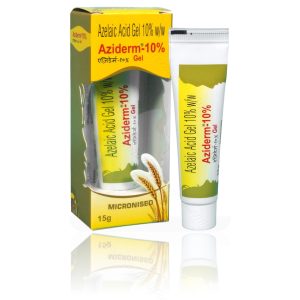 From: $38.38
From: $38.38 -
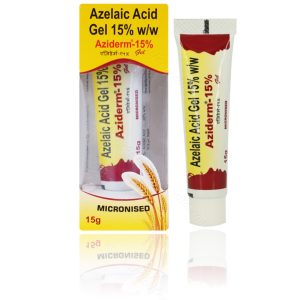 From: $40.05
From: $40.05 -

Aziderm 10% Cream 15gm | Azelaic Acid 10%
From: $39.26
Our Services
Shipping
Shipping at Discounted Price
Money Returns
Return Within 30 Days
Secure Payment
Safe & Secure Payment
Support 24/7
Contact 24 Hours Day
From: $60.00
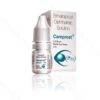
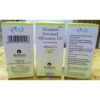
From: $327.76
- Anti-Cancer
- Armodafinil
- Bimatoprost
- Botulinum
- Dermal Fillers
- Hepatitis
- Mens-health
- Modafinil
- Naltrexone
- ANTI EMETIC
- Altus Product’s
- Anti Fungal
- Anti Malarial
- Anti Viral
- Antibiotics
- Asthma
- Beauty & Skin Care
- Cetaphil
- Chemical Peels
- Diabetes
- Hair Loss
- HCG Injections
- HIV Medicines
- Human Albumin
- Kidney / Liver Care
- Neuropathic Pain
- Pain Relief
- Pharmaceutical Products
- Pharmaceutical Vaccine
- Quit Smoking
- Thyroid Care
- Weight Loss
- Women’s Health
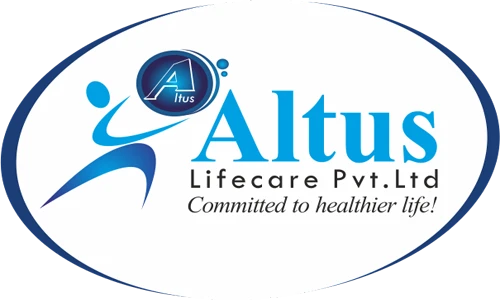
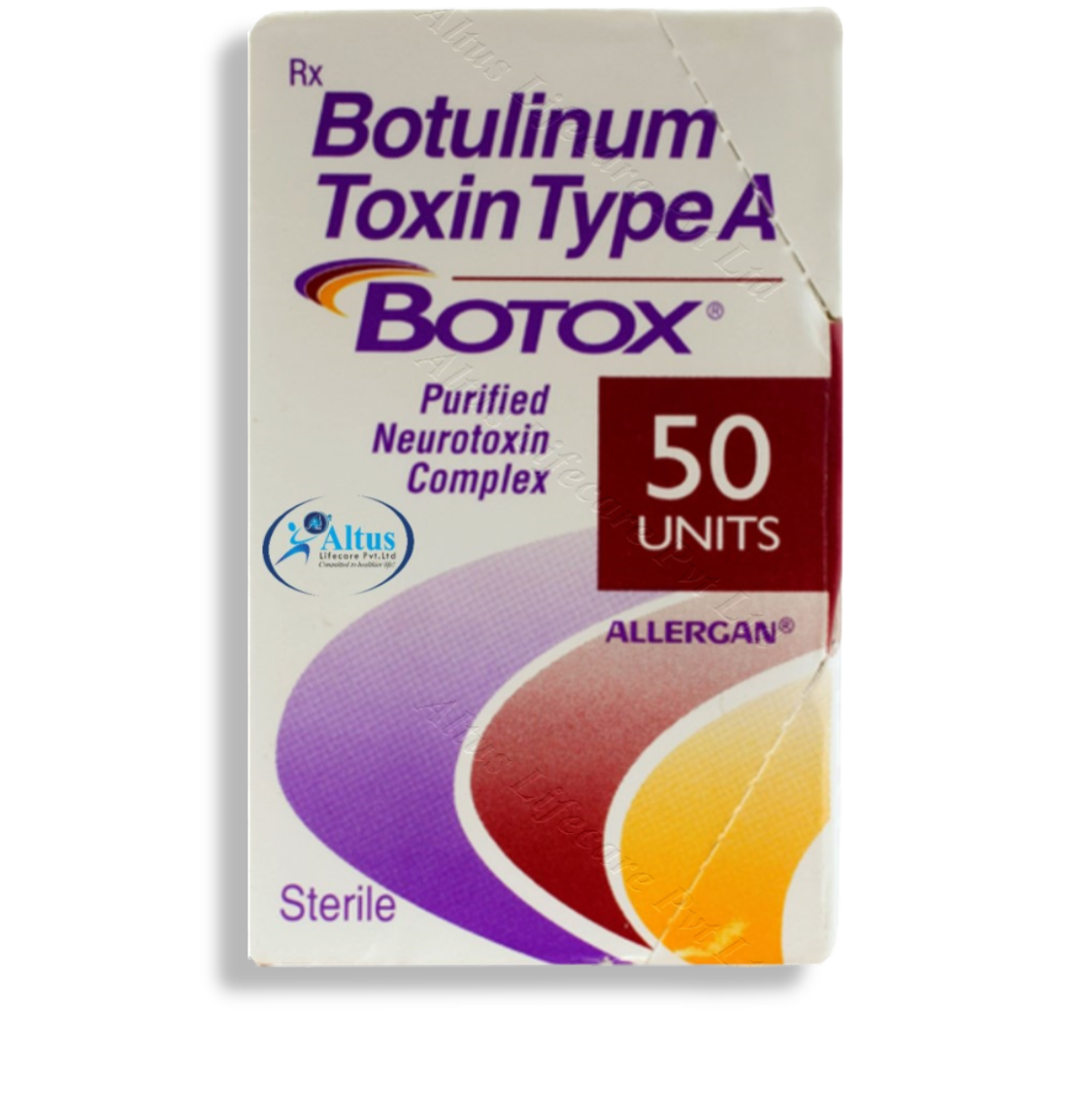
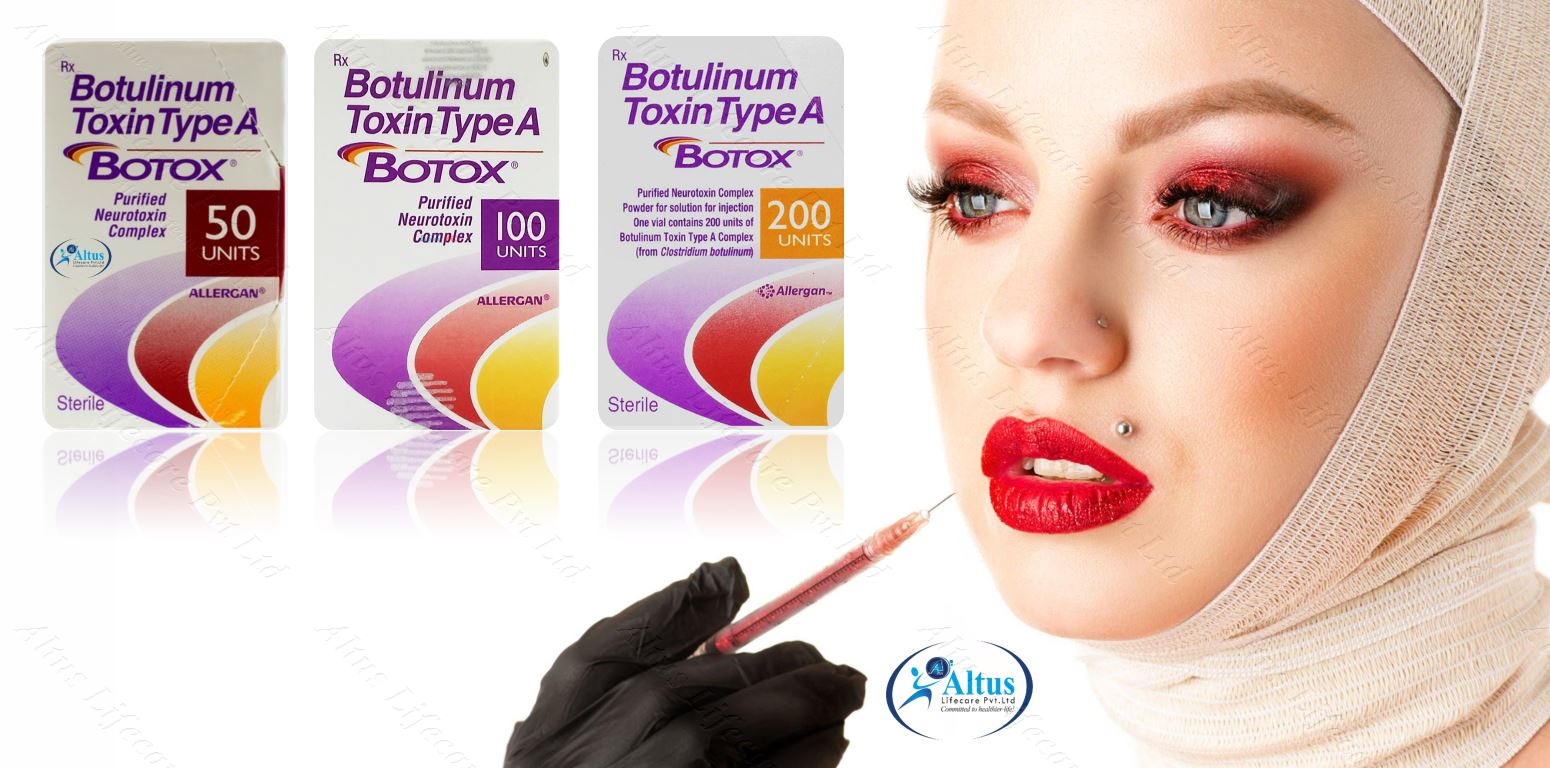
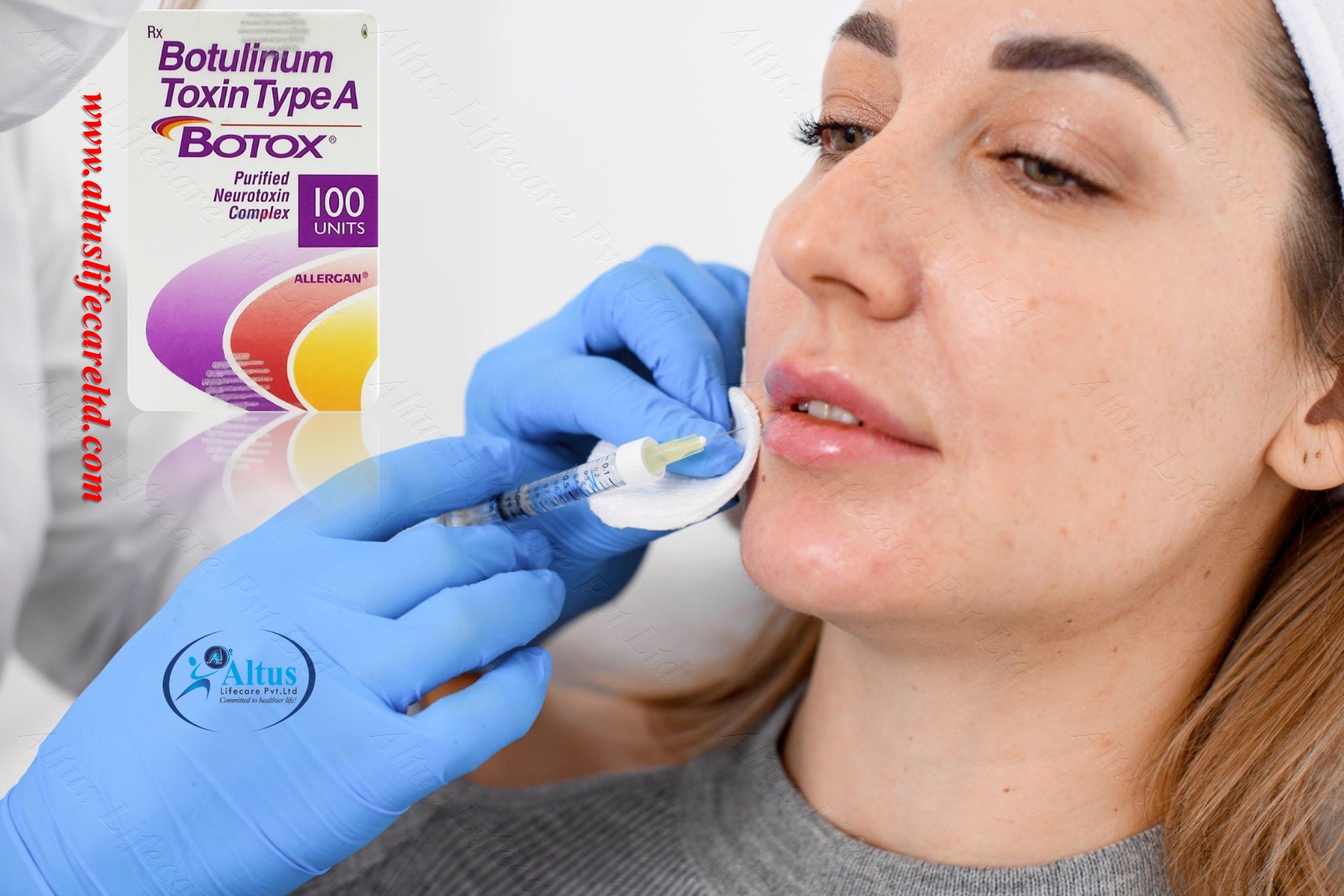
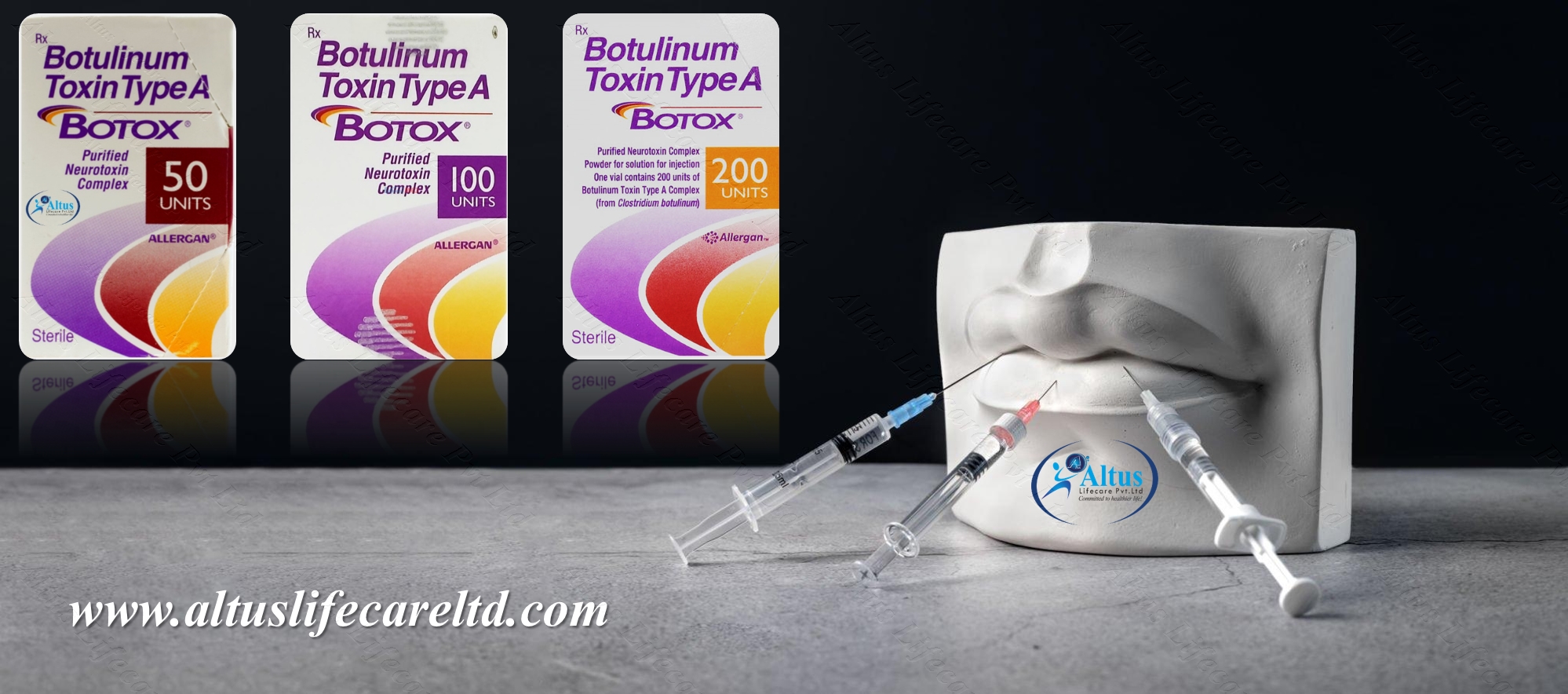
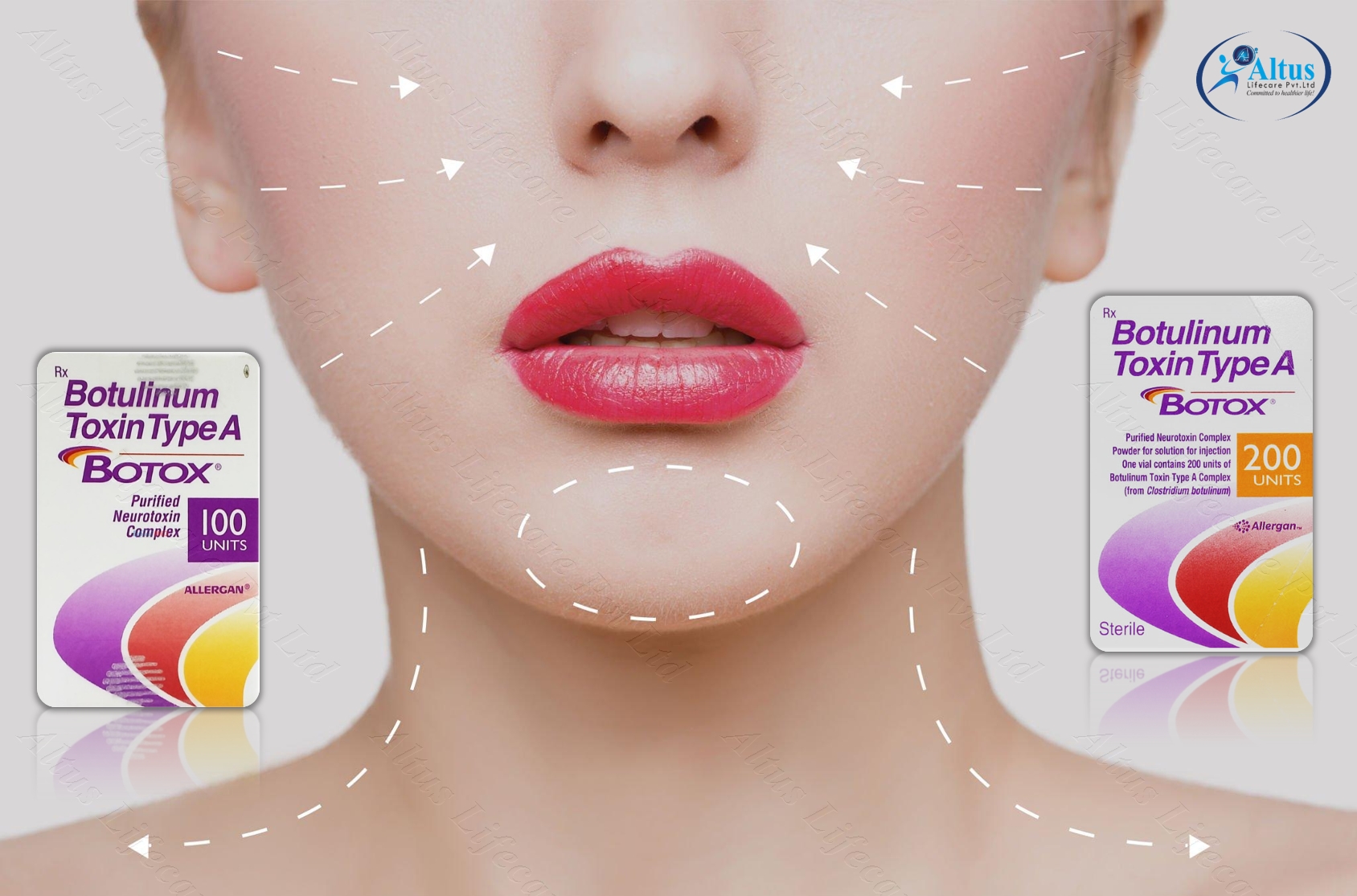
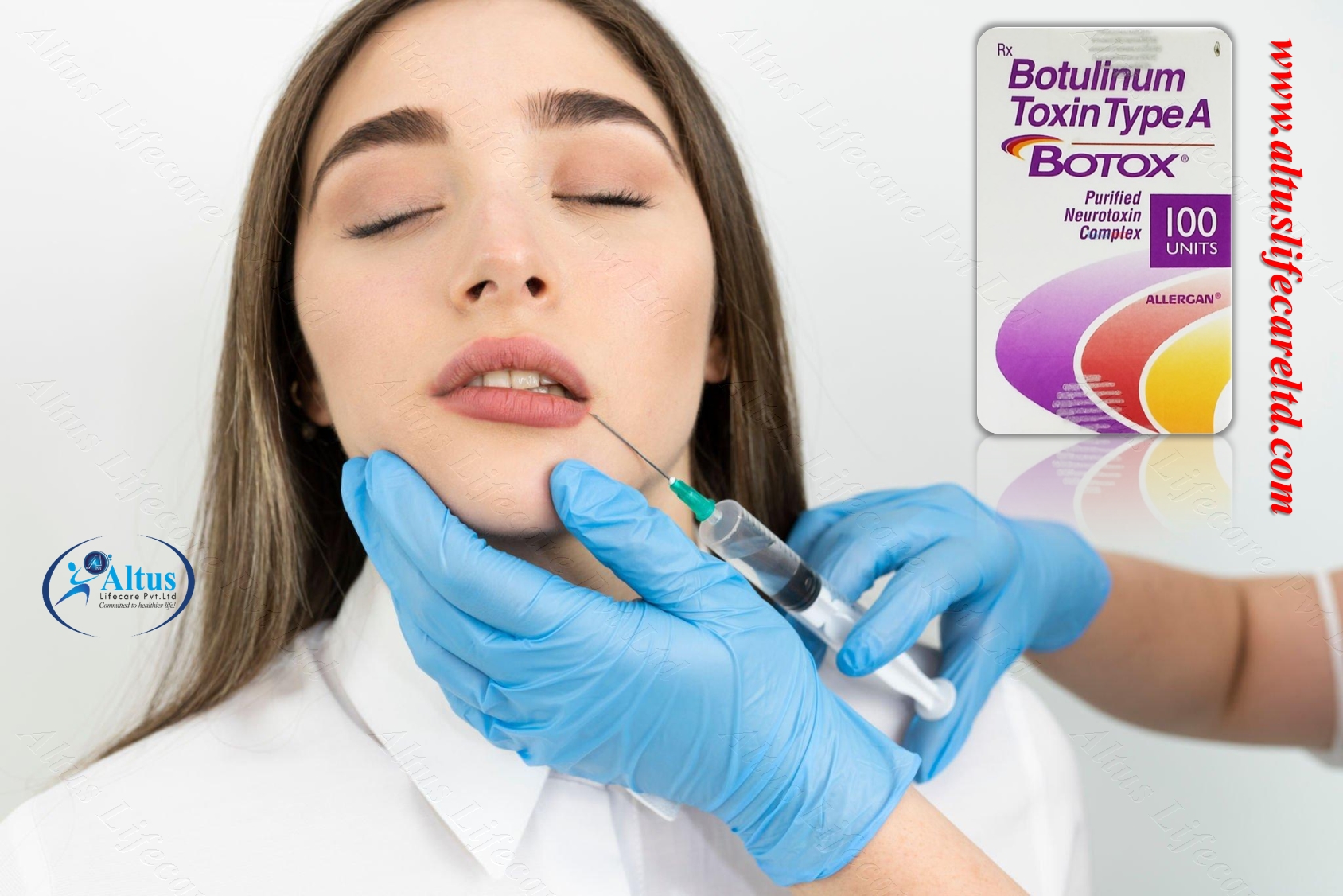
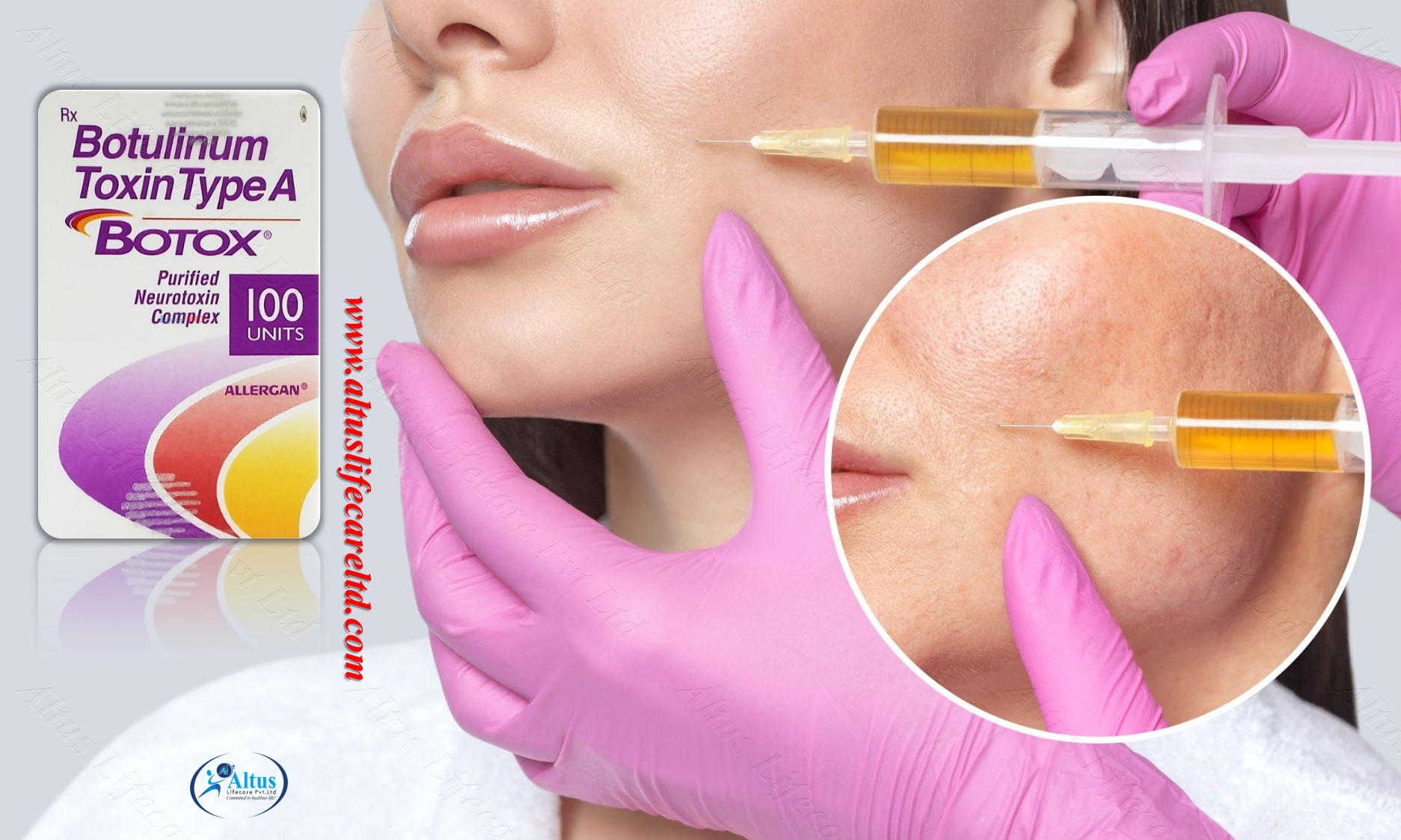
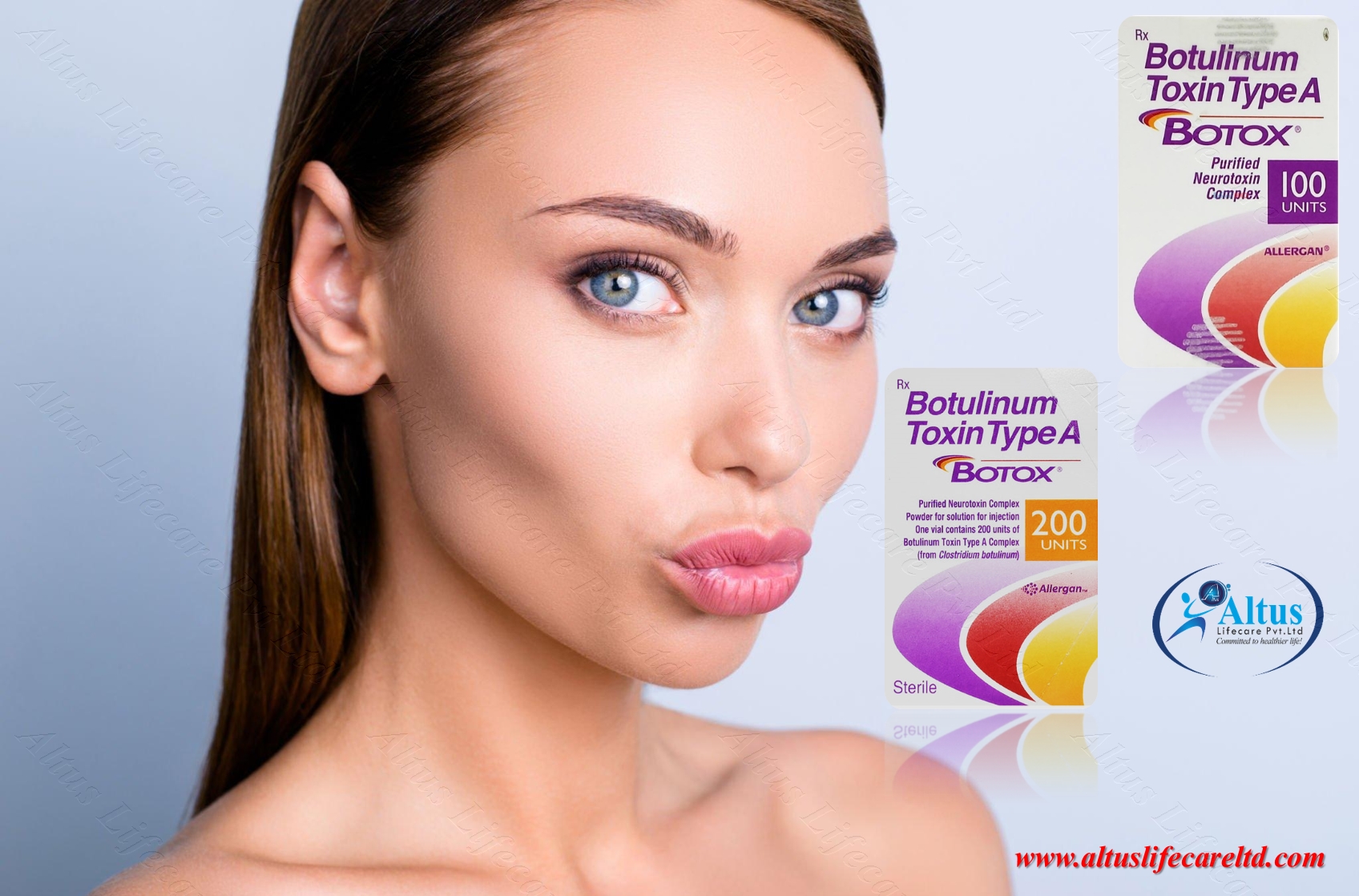
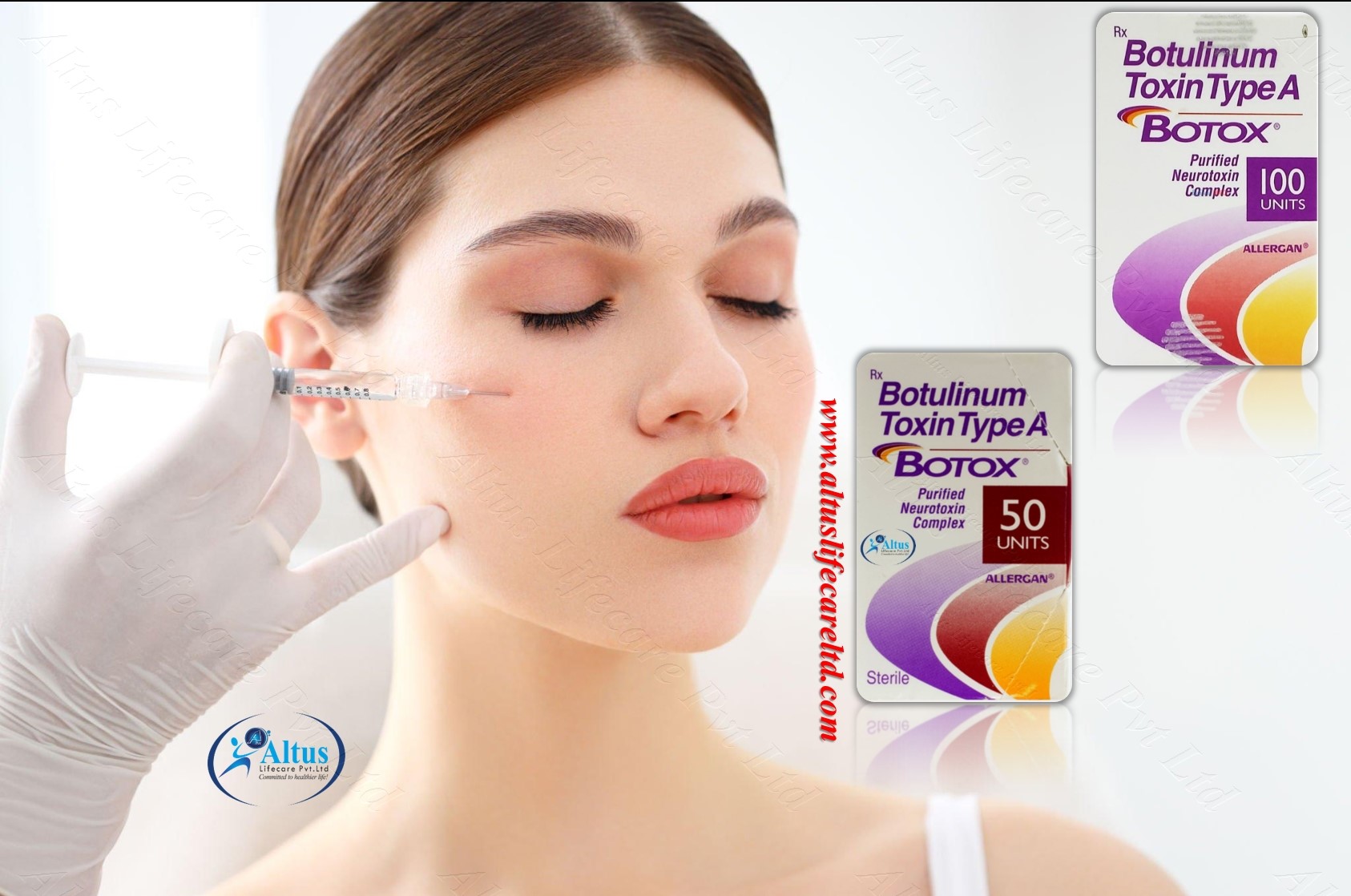

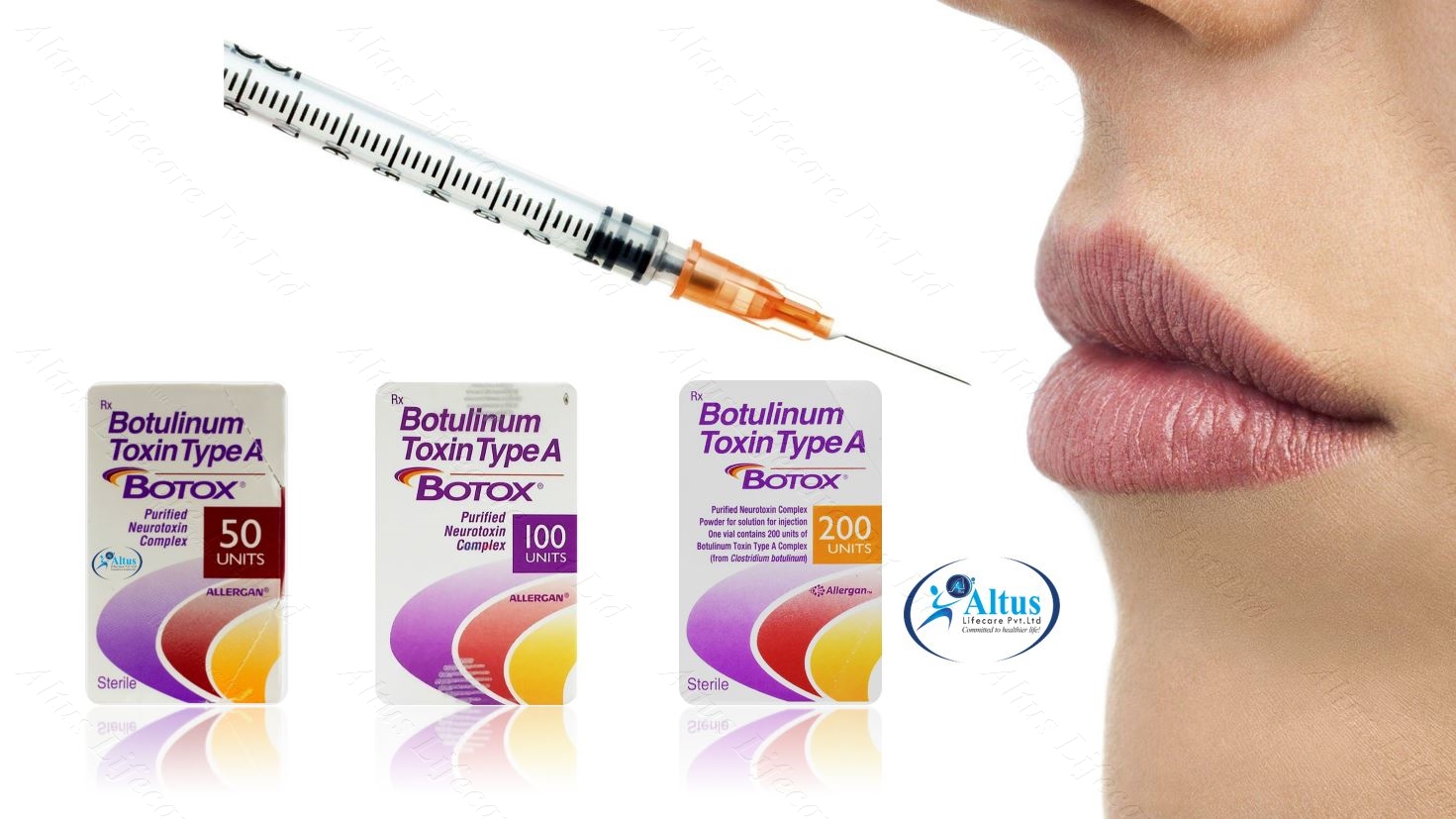
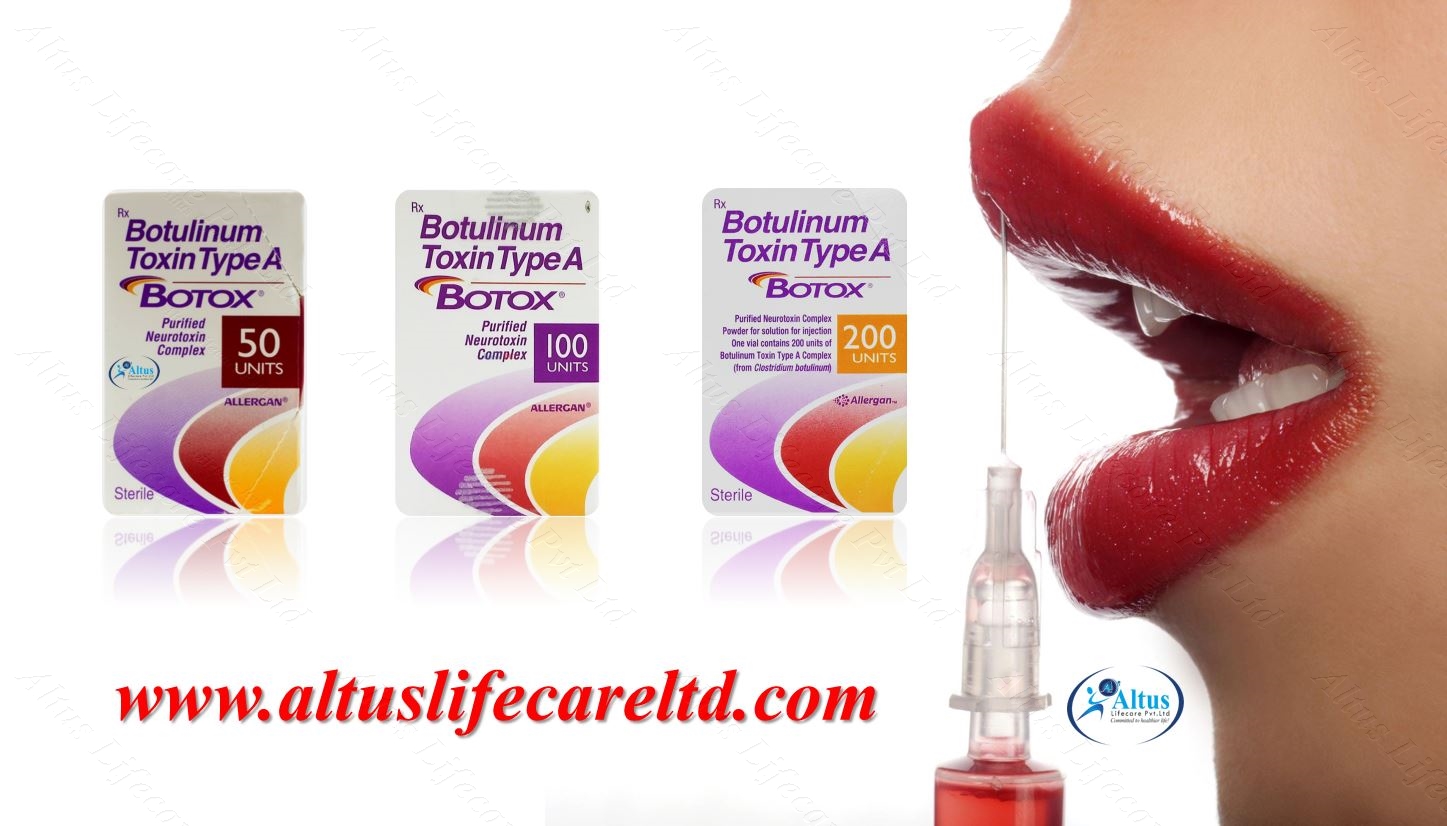

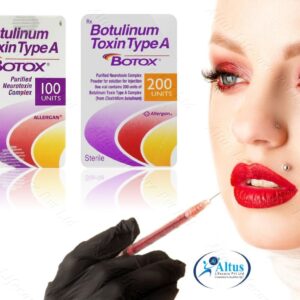
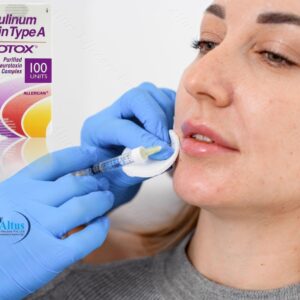
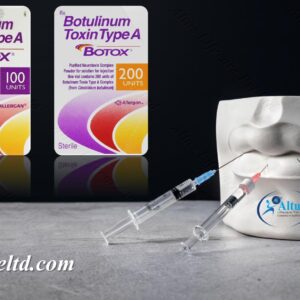
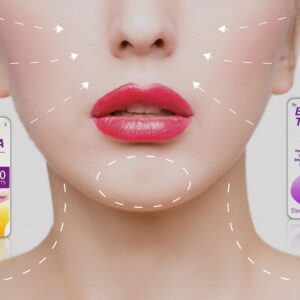
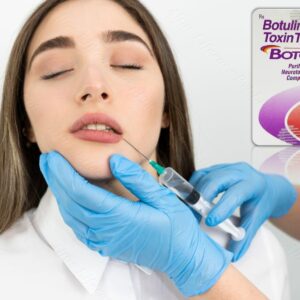
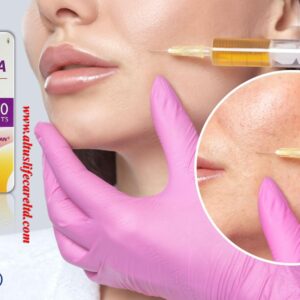
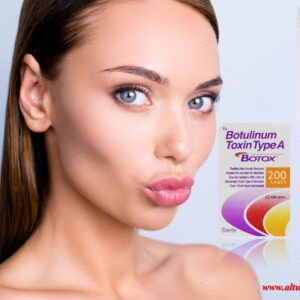
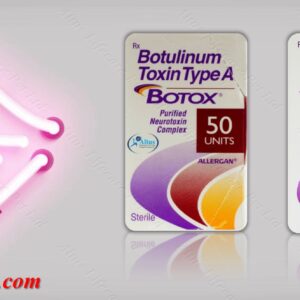
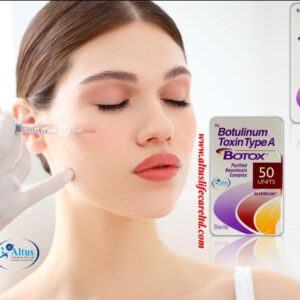
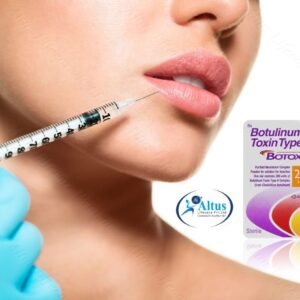
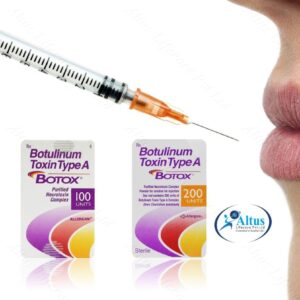
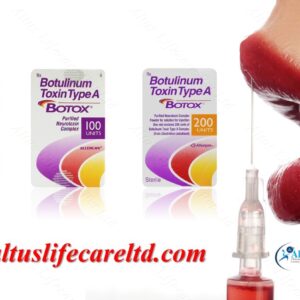
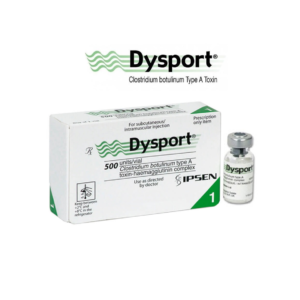
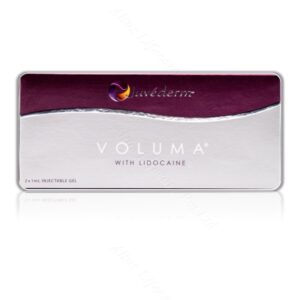
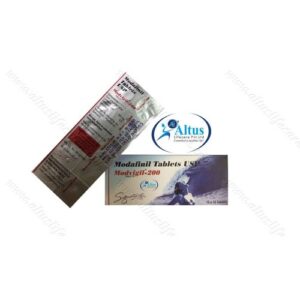
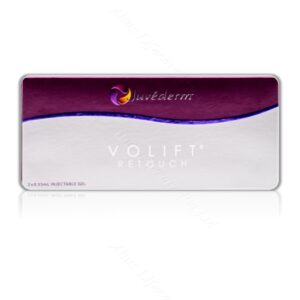
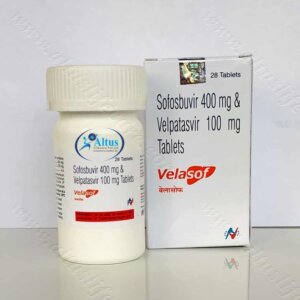
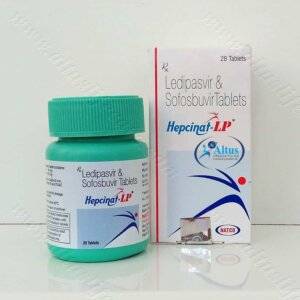
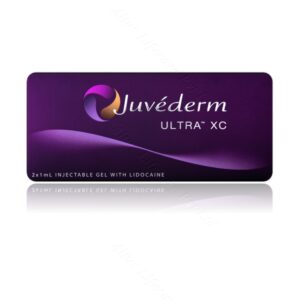


Gianna (verified owner) –
“Botox is a game-changer for deep-set wrinkles. My skin looks years younger, and I couldn’t be happier with the results.”
Addison (verified owner) –
“Botox is worth every penny. It erased my forehead wrinkles, and the natural look is exactly what I wanted. Highly satisfied!”
Amelia (verified owner) –
“Say goodbye to wrinkles! Botox is a miracle worker for smoothing out fine lines. The results are amazing, and I’m a loyal fan.”
Eleanor (verified owner) –
“I’ve been using Botox for years, and it never disappoints. My skin looks firmer, and the injections are virtually painless. Love it!”
Eleanor (verified owner) –
“Botox is a non-negotiable in my beauty routine. It’s the secret to my smooth and youthful complexion. I swear by it!”
Amelia (verified owner) –
“Say goodbye to wrinkles! Botox is a miracle worker for smoothing out fine lines. The results are amazing, and I’m a loyal fan.”
Maya (verified owner) –
“I trust Botox for a natural and refreshed look. It’s the best solution for tackling wrinkles without looking overdone.”